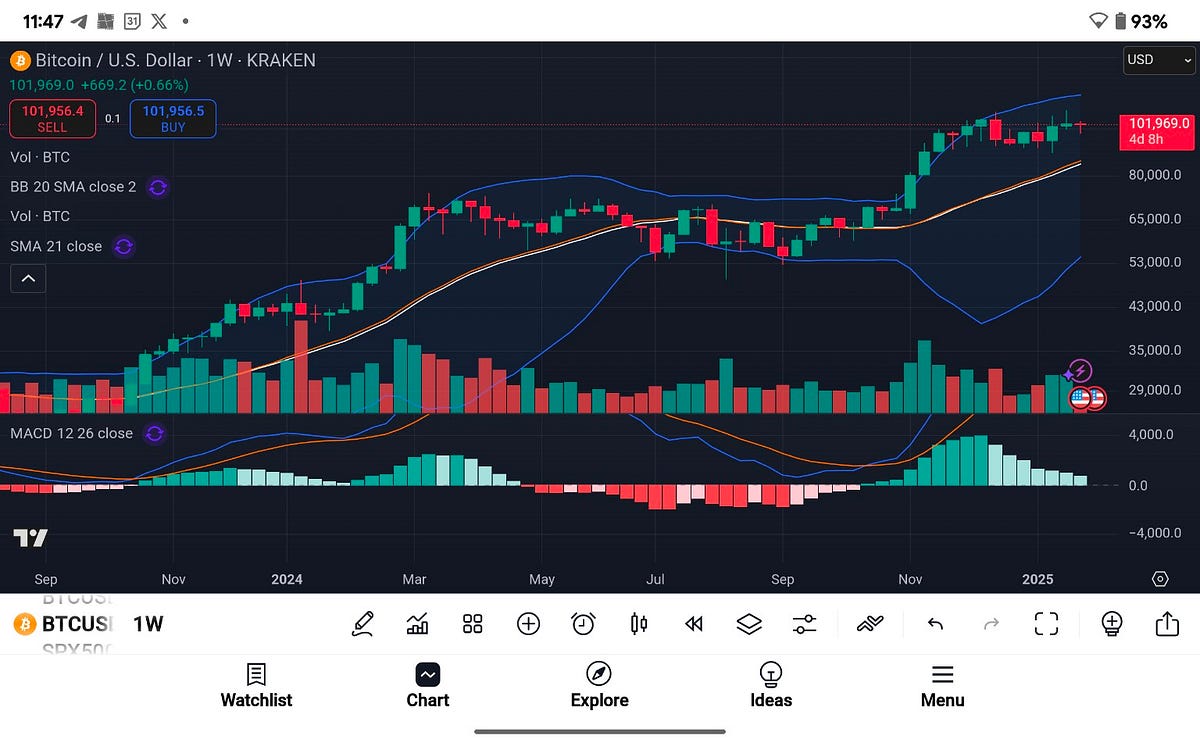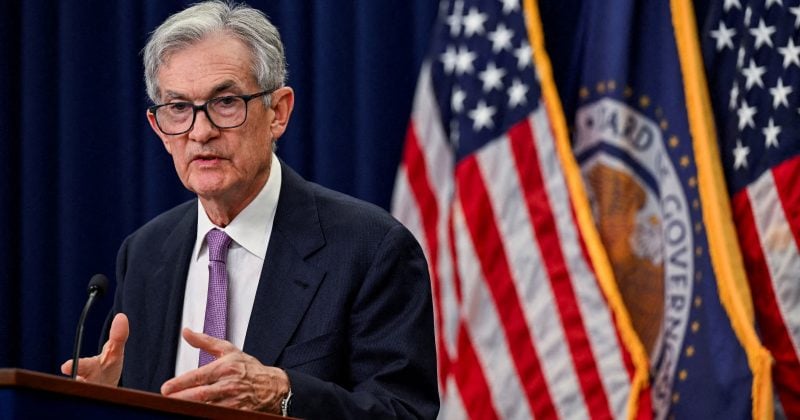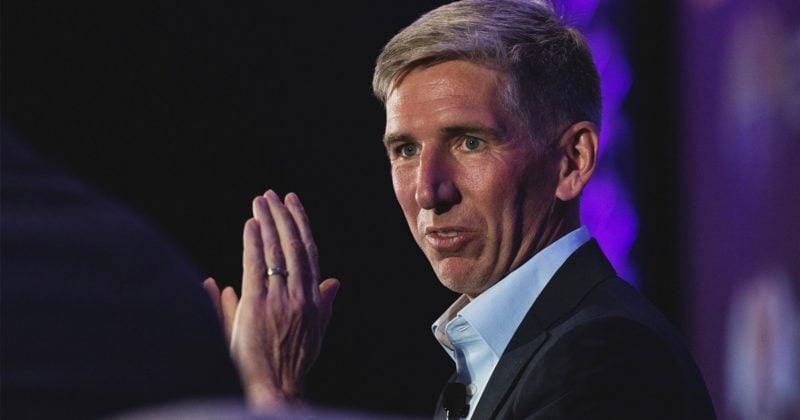Why government and decentralisation aren’t natural enemies — but complimentary
If you haven’t already, I recommend reading my article “Centralisation vs Decentralisation: Forming a Coherent Understanding” first for context.

For some reason, some people, ironically those advocating for the free market more than any other group, like to single out governments — as a centralised entity — as being in a polar relationship with decentralisation and free markets. They believe that as long as there is government (I will use nation-state), the market will never be truly free, treating it as a fundamental principle.
However, it is natural for humans to organise around various centralised entities. It’s no coincidence that parents govern their children until they are old enough to care for themselves or that people with shared values form clubs and organisations. Similarly, nation-states have emerged from a perceived human value to collaborate more efficiently and uphold common values. If you stack these entities in a hierarchy, nation-states would indeed come out on top — but that does not make them unnatural.
This is what those holding this binary view often overlook. They argue that nation-states or governments are fundamentally wrong, as if the fact that they represent the tallest order of centralised entities alone makes them the arch-enemy of decentralisation.
This perspective, as outlined in the article proceeding this, misses the point of how decentralised and centralised systems coexist and complement each other — it’s not a bug but a feature.
To illustrate this, let’s return to the savanna in East Africa. Every organism, regardless of size, operates as an autonomous agent, forming centralised entities atop the decentralised foundation of natural laws. More accurately, every organism is a product of these natural laws — the environment in which they exist. Everything that can and does exist on top of this base layer is a function of the limitations set by that layer.
Lions
In a pride of lions, the alpha lion functions much like the Head of State, with the pride’s territorial borders serving as an analogy for the boundaries that separate nation-states from a human perspective. The alpha lion sets the rules for who can enter and what behavior is acceptable within the pride’s territory. If the alpha lion loses popularity or is challenged, it faces the risk of being overthrown.
Within the pride, smaller, centralized entities often form. Lion cubs, for example, may group together in a hierarchical structure to play, supervised by a group of female lions who exercise control, much like parents overseeing their children. The organization of lions into specific-sized pride, akin to nation-states, with various sub-groups similar to companies, is the product of millions of years of evolutionary trial and error.
Each layer of this centralization serves a distinct purpose and contributes to the overall stability and success of the pride.
Humans
The same is true for human organisation. While it’s part of our evolutionary nature to constantly seek more efficient ways to organize, nation-states represent just one form of centralised entity. Much like the alpha lion in a pride, nation-states have proven essential in human society by upholding shared values that the majority within a territory agree upon through democratic processes. These values include upholding the rule of law, ensuring that individuals and businesses can interact with certain inalienable rights, and providing a safety net for citizens in the face of unforeseen events — highlighting the recognition of each person’s intrinsic value.

What is fundamentally problematic is not the existence of nation-states but their control over the monetary system. While every monetary system is a human construct with no intrinsic value to other species, it is crucial for human survival as we would not be able to organise without it. In that light, our monetary system is akin to the natural laws or the circulatory system that guide our organisation.
To illustrate why this is so wrong, let’s return to the lion analogy. The ability of nation-states to change the monetary rules is akin to lions, being the highest order of central entity on the savanna, having the ability to change the weather.
Anyone can understand why it is a bad idea for lions — and the entire ecosystem — to hold such power. If the first lion in power does not exploit it because he understands the larger implications, there will eventually come a corrupt lion who decides to manipulate it, perhaps by ensuring perpetual sunshine to dry the ground and drive antelopes to the lions, eliminating the need for hunting. His lion friends would certainly love him for that in the beginning, but soon, there would be no more antelopes, and the lions would die from starvation.
In the same way, allowing any one central entity to control the very foundation of human organisation is inherently flawed and extremely dangerous because it will inevitably lead to exploitation and imbalance, as it will replace and disrupt the natural mechanisms meant to position us for the future.

The Nation-state in a Sound Money Environment
In a sound money environment, where the monetary system lacks a single point of failure and cannot be manipulated to favour any one group, the nation-state — as the highest form of central authority — would be singularly focused on serving the people rather than catering to corporate interests or entities with disproportionate influence. Political manoeuvring would diminish significantly, as there would be little left to lobby for.
Most importantly, unlike today, government budgets would have to be balanced. The era of overpromising and underdelivering would largely come to an end, as the government would no longer have the ability to expand the money supply to cover budget deficits — a practice that extracts value from savers.
Killing the Myth: Government vs Decentralisation was originally published in The Capital on Medium, where people are continuing the conversation by highlighting and responding to this story.

 2 months ago
40
2 months ago
40









 English (US) ·
English (US) ·